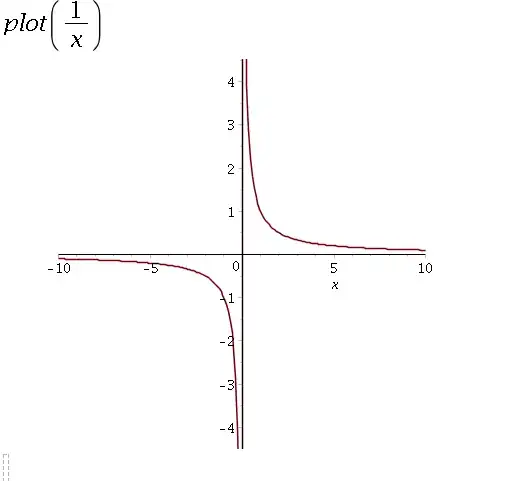I'd like to say why I suspect your teacher refused to address this issue.
In mathematics you often can't understand an individual thing without understanding the larger system of which it is part. For example you can't really understand what the number $17$ is in isolation. You really have to have a good idea of what numbers are in general before understanding a specific number like $17$.
To understand the symbol $\infty$ you need to understand the system in which it is playing a role. In particular, when the symbol $\infty$ (as opposed to other kinds of infinity like $\omega$ or $\aleph_0$) is used it's part of a special notation used for talking about limits. Until you have a good grasp of limits, it doesn't make sense to talk about this $\infty$. When you do grasp how it's being used, it'll become clear that the proposition $1/0=\infty$ isn't actually part of the standard framework in which the symbol $\infty$ is used.
There are ways to make sense of a statement like $1/0=\infty$. But none of them in standard in any way. If a textbook were to say $1/0=\infty$ you can be sure that earlier in the book they took care to say exactly what they meant because there isn't a standard.
(For example it might make sense to say $1/0=\infty$ if you're working on the Riemann sphere. But you probably ought to finish calculus before looking at that. And this use of $\infty$ is geometrical and is probably quite different to what you're currently imagining.)
